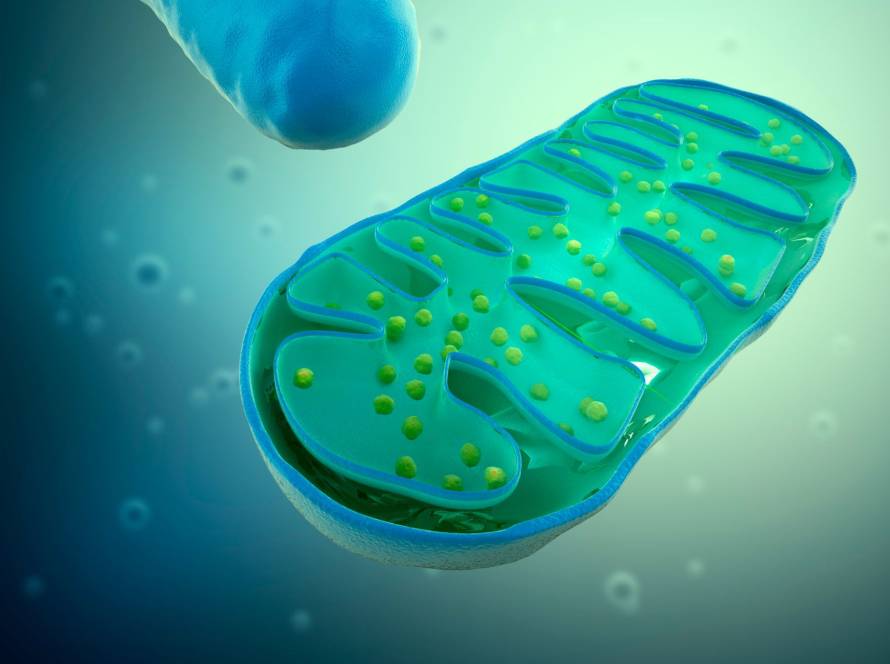IV chelation therapy has become one of the most fascinating treatments in cardiovascular medicine. A large National Institutes of Health study showed that it reduced heart events by 18% in patients who previously had heart attacks.
This piece offers a complete picture of IV chelation therapy based on the latest scientific evidence. We’ll look at the treatment’s inner workings, its proven benefits, possible risks and proper uses.
What is IV chelation therapy?
Chelation therapy helps remove heavy metals and other toxins from the body. It works by changing these substances into a form that leaves through urine. The word “chelation” comes from the Greek word for “claw,” which shows how these agents grab onto metals at different points.
How does chelation therapy work?
Chelating agents create strong bonds with metal ions in the bloodstream. These special compounds have many oxygen molecules that give away electrons to form coordination complexes with metal ions. The chelators move through the body after injection and bind to metals. This creates soluble chelate metal complexes.
The kidneys help the body get rid of these complexes naturally. This process removes several harmful substances like:
- Lead, mercury and arsenic;
- Iron, copper and nickel:
- Cadmium and zinc.
We’ll need several IV treatments over time to complete chelation therapy.
What is EDTA and why is it used?
EDTA stands as the most common chelating agent that scientists first blended in the mid-1930s. It comes in two medical forms: calcium disodium EDTA (calcium disodium edetate) and edetate disodium.
EDTA’s structure lets it bind firmly to different metals. The calcium breaks away from calcium disodium EDTA in the bloodstream when it meets toxic metals. Then EDTA creates very strong bonds with these metal ions. These bonds stop any toxic effects until the body removes the compound.
The body can’t absorb much EDTA through digestion, so doctors must give it through an IV to work properly. They calculate the dose based on body surface area and how well our kidneys work.
What is it used for?
Chelation therapy plays multiple roles in modern medicine. Medical professionals use it for proven treatments and some practitioners make controversial alternative health claims about its benefits.
Treating heavy metal toxicity
The main goal of IV chelation therapy that the FDA has approved is treating heavy metal poisoning. The treatment helps remove toxic substances such as:
- Lead poisoning (especially when we have children);
- Mercury toxicity;
- Arsenic exposure;
- Iron overload (hemochromatosis).
The treatment binds chelating agents to these metals in the bloodstream. This creates compounds that kidneys can filter out through urine. EDTA chelation therapy works well to reduce blood lead levels. One study showed that treated patients’ lead levels dropped by 61%.
Heart and circulation health
Research points to possible cardiovascular benefits from chelation therapy, though this remains controversial. The TACT (Trial to Assess Chelation Therapy) study found that EDTA chelation reduced cardiovascular event risks in people who had heart attacks.
Diabetic patients showed better improvements. Medical professionals remain skeptical about chelation for heart disease since the FDA hasn’t approved EDTA for this purpose. More importantly, several doctors faced legal trouble for billing chelation therapy as treatment for non-existent lead poisoning while treating patients’ cardiovascular conditions.
Detox and anti-aging claims
People promote chelation therapy for many unapproved uses beyond its recognized applications. These claims include:
- Anti-aging benefits by removing accumulated metals;
- Reducing body inflammation;
- Better cognitive function and prevention of neurological decline;
- Overall detoxification support.
Does it actually work? A look at the research
Scientific evidence for IV chelation therapy tells a complex story with unexpected turns in research outcomes. The landmark Trial to Assess Chelation Therapy (TACT) brought a fundamental change to how researchers view this controversial treatment.
The TACT trial and its findings
The National Institutes of Health (NIH) funded TACT to test EDTA chelation’s efficacy in cardiovascular disease. This double-blind, placebo-controlled trial studied 1,708 patients aged 50 or older who had previous heart attacks. Researchers tracked their progress for about 55 months.
The results caught researchers off guard. Patients who received EDTA chelation showed an 18% reduction in cardiovascular events compared to those who got placebo infusions. The primary endpoint occurred in 26% of the chelation group and 30% in the placebo group. This endpoint combined death, recurrent heart attack, stroke, coronary revascularization and hospitalization for angina.
Effectiveness in diabetic patients
Diabetic participants showed remarkable results. The 633 patients with diabetes (37.1% of participants) who received chelation therapy had 41% fewer cardiovascular events than the placebo group. This group also showed a 43% reduction in all-cause mortality over five years.
These exceptional benefits led researchers to calculate some striking numbers. They found that treating just 6.5 diabetic patients over five years could prevent one cardiovascular event.
Ongoing studies like TACT2
TACT’s results sparked the launch of TACT2, which focused on patients with diabetes and previous heart attacks. This NIH-sponsored trial enrolled 1,000 participants who got 40 weekly infusions of either EDTA chelation or placebo.
The preliminary results from TACT2 in 2024 took an unexpected turn. Despite similar adherence rates, researchers found no real difference in clinical outcomes between chelation and placebo groups. They think this might be because participants had lower baseline blood lead levels than those in the original TACT study.
These contrasting results between two major trials show how complex it is to evaluate chelation therapy’s effectiveness, especially as standard cardiovascular treatments keep improving.
Risks and side effects
IV chelation therapy might help with certain conditions, but we need to know about its risks before starting treatment. This procedure can cause various side effects that range from mild discomfort to serious complications, even when doctors use it for FDA-approved purposes.
Common side effects of IV chelation therapy
Patients often feel mild to moderate side effects during treatment or right after. The biggest problem is a burning sensation near the injection site. Here’s what else we might experience:
- Fever and chills;
- Headaches;
- Nausea and vomiting;
- Diarrhea.
We found that proper hydration and nutrition before treatments help manage these milder effects. In spite of that, some patients face more severe reactions. Blood pressure can drop dangerously, breathing might become difficult and seizures or irregular heartbeats can occur. The most serious cases might lead to anaphylactic shock, though this rarely happens.
Nutrient depletion and kidney stress
The therapy creates more than just immediate side effects, it can upset our body’s nutrient balance. Chelating agents don’t just bind to toxic metals. They can also remove good substances like calcium, zinc and copper from our body. Without proper supplements, this process might lead to serious deficiencies.
EDTA chelation affects kidney function significantly. Today’s treatments use lower doses (around 3 grams) and slower infusion rates to protect our kidneys. The largest longitudinal study of calcium disodium EDTA showed it could cause acute tubular necrosis, especially if repeated high-dose treatments went above 75 mg/kg.
We should consult healthcare providers who understand both conventional and integrative approaches before trying chelation therapy. The FDA has approved it only for heavy metal poisoning. Yet evidence points to benefits beyond this narrow use, with important cautions to note.
Chelation therapy’s path from alternative treatment to scientifically evaluated intervention shows how solid research can revolutionize medical points of view.


